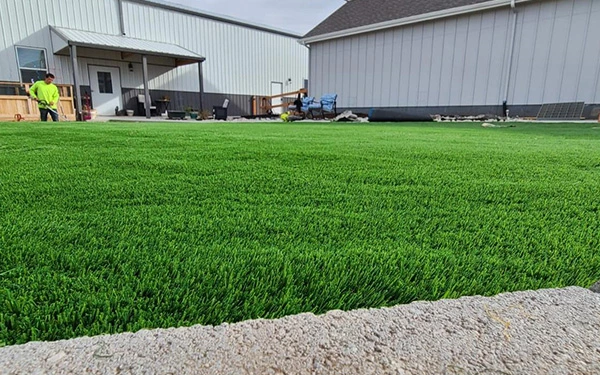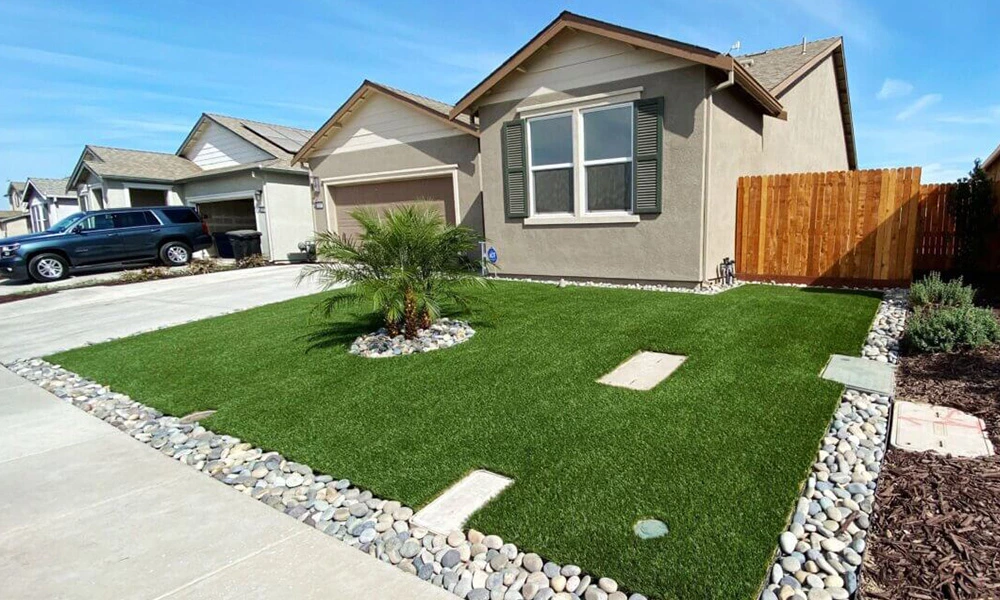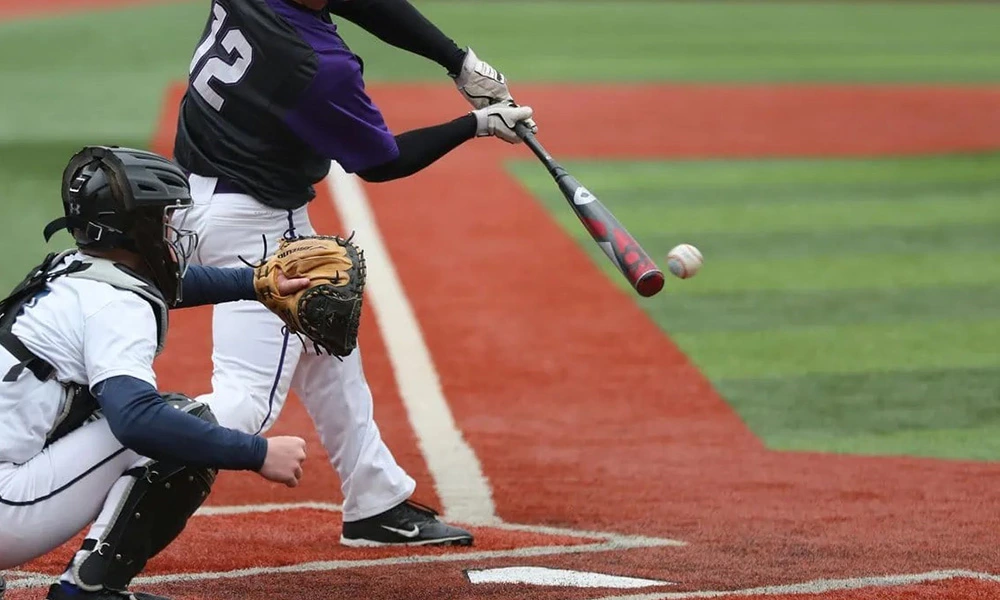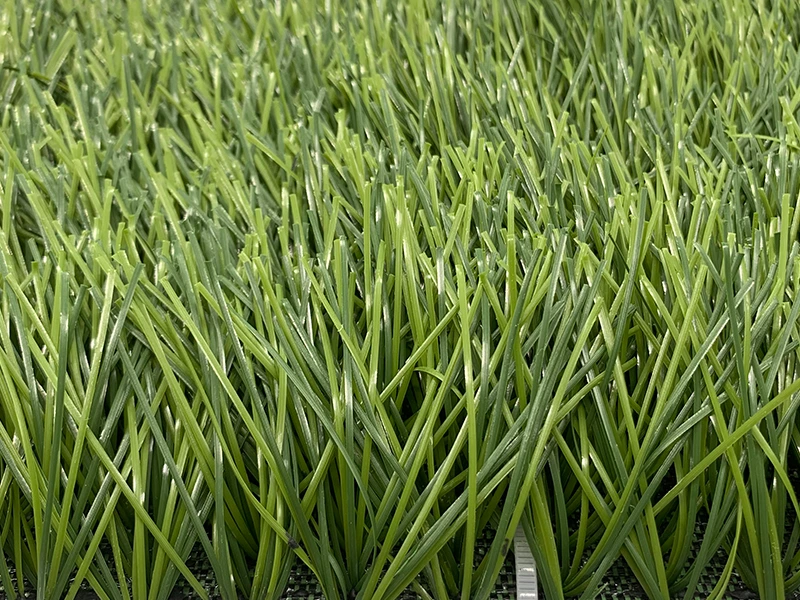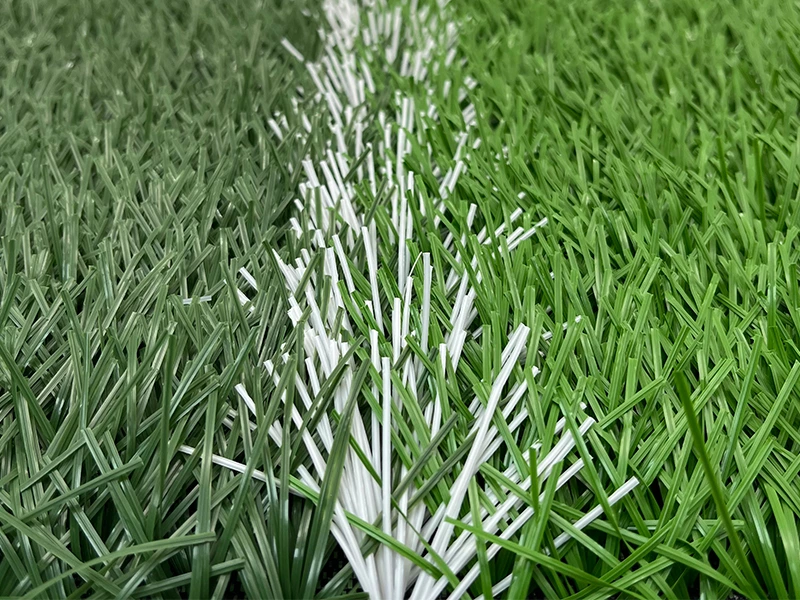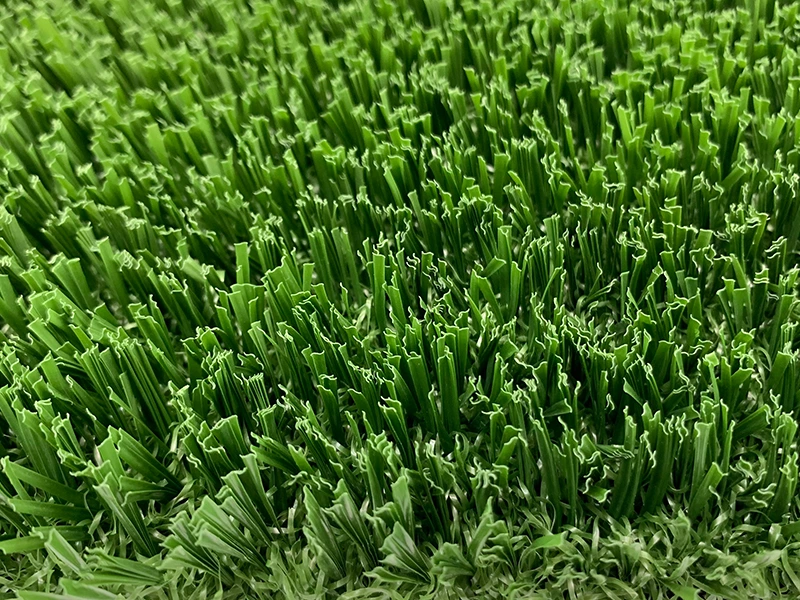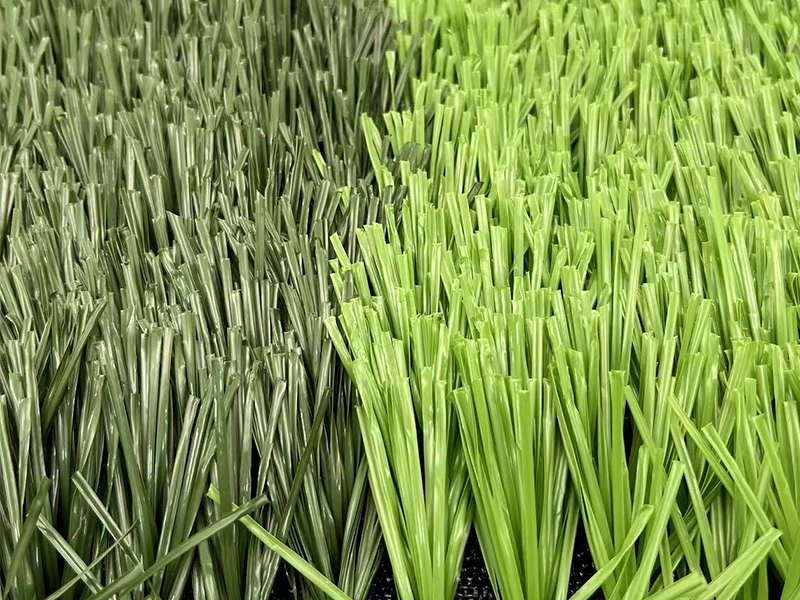Artificial turf market: opportunities behind high growth
Global Artificial Turf Market Size: Current Status is Impressive, Growth Trends Clear
In terms of market size, the artificial turf industry has entered a period of rapid development. According to global industry research data for 2023, the global artificial turf market has surpassed the $80 billion mark, reaching $82.3 billion, a 1.2 percentage point increase from the average growth rate in 2021-2022, demonstrating strong market vitality. Growth forecasts indicate a continued upward trajectory for the industry, with the market projected to reach $114.3 billion by 2028, representing a five-year incremental growth potential of $32 billion and a stable annual compound growth rate of 6.5%. This growth rate significantly outperforms the global building materials industry's average growth rate of 4.3% and surpasses the 5.1% growth rate of the traditional landscaping industry, making it a highly promising segment within the green industry.
From a regional perspective, the Asia-Pacific region is currently the fastest-growing regional market, accounting for 38% of the market in 2023, primarily driven by infrastructure expansion and sports industry upgrades in countries like China and India. North America, a mature market, accounts for approximately 32%, with demand concentrated in home garden renovations and commercial landscaping projects. Europe accounts for 25%, driven by environmental policies and a continued increase in the adoption of artificial turf in public landscaping.
Core Drivers of Market Growth: Environmental Demand and Sustainable Development
The rapid growth of the artificial turf market is essentially the result of the deep integration of environmental demands and sustainable development concepts. Its core advantage lies in its "alternative upgrade" to natural turf. In terms of resource consumption, natural turf requires significant water resources for maintenance, consuming approximately 150-200 liters per square meter annually. High-quality artificial turf, however, requires virtually no irrigation after installation. In terms of water conservation alone, 10,000 square meters of artificial turf can save 15,000-20,000 tons of water annually, equivalent to the volume of 12-16 standard swimming pools. From an ecological perspective, natural turf maintenance requires the regular use of fertilizers, herbicides, and pesticides. This produces approximately 2.3 kilograms of chemical residues per hectare annually, which can easily cause soil and groundwater pollution. Artificial turf, on the other hand, uses environmentally friendly materials such as polyethylene and polypropylene and requires no chemical maintenance after installation, thus reducing environmental pollution at the source.
In addition, shifting consumer perceptions are also a key driver. A survey shows that by 2023, 72% of consumers worldwide who choose artificial turf for gardens or public areas will cite "environmental protection and energy saving" as their primary consideration, a 28 percentage point increase from 2018. This reflects an upgrade in market demand from "functional satisfaction" to "green value."
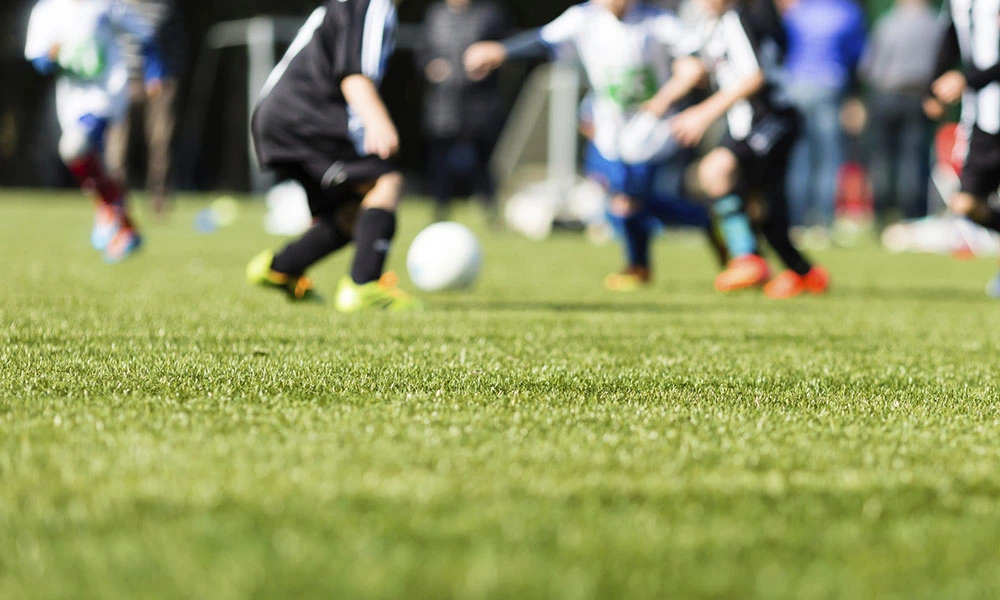
Continuous Expansion of Application Areas: From Traditional Scenarios to Deep Penetration in Multiple Industries
Artificial turf's application boundaries are constantly expanding beyond traditional boundaries, from its early applications in sports and home to encompass a wide range of sectors, including construction, automotive, and municipal administration, creating a market landscape that covers all scenarios.
Traditional Core Scenarios: Demand Steadily Increasing
Sports venues remain a core demand area, accounting for 35% in 2023. In addition to professional venues such as football fields and tennis courts, demand for artificial turf in school playgrounds and community sports spaces has grown significantly. For example, China's "Campus Sports Field Renovation Plan" will drive an 18% year-on-year increase in artificial turf procurement in the education sector in 2023. Demand for home gardens has grown by 22%, with North American and European families using artificial turf as a "low-maintenance greening solution" to reduce maintenance costs by replacing traditional lawns.
Construction Industry: A New Green Decorative Element
The construction sector has become one of the fastest-growing segments for artificial turf, with application volume increasing by 25% year-on-year in 2023. Green building certification is driving the use of artificial turf in rooftop greening and wall decorations. For example, under Singapore's "Vertical Green Building Program," over 60% of new commercial buildings use artificial turf as exterior facade decoration. Furthermore, commercial spaces (such as shopping mall atriums and hotel courtyards) are using artificial turf to create a "natural atmosphere" and enhance the customer experience.
Automotive Industry: Exploring Innovative Applications
Although the automotive sector is still in its infancy, it has significant growth potential. In 2023, high-end automakers such as BMW and Mercedes-Benz will experiment with artificial turf in concept cars and high-end models. For example, some models in the BMW iX series will feature artificial turf on interior floor mats and trunk linings, offering both environmental friendliness and personalized features. Artificial turf is also being used in automotive displays (such as 4S dealerships and auto show booths) to create "green scenes" and enhance the brand's environmental image. By 2023, the scale of artificial turf applications in the automotive sector will reach US$820 million.
Municipal and Landscape Design: A New Option for Municipal Greening
Demand for municipal engineering and landscape design continues to grow, reaching 20% of the total market share in 2023. Artificial turf is widely used in urban parks and recreational areas, highway medians, and river bank protection. For example, in China's "Urban River Ecological Management Project," artificial turf, due to its weather resistance and ease of maintenance, is replacing traditional vegetation for slope protection. Municipal procurement volume is expected to increase by 15% year-on-year in 2023.
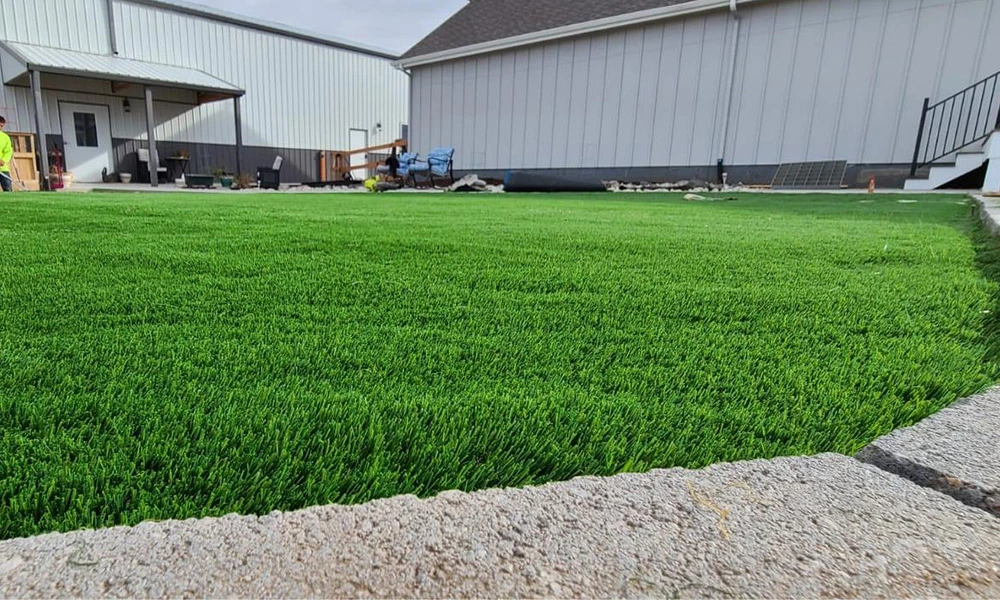
Future Development Opportunities and Potential Challenges
Opportunities: Technological Innovation and Exploring New Scenarios
On a technical level, the development of environmentally friendly materials will drive industry upgrades. For example, the proportion of recyclable artificial turf materials is expected to increase to 45% by 2028, addressing the recycling challenges of traditional materials. Regarding new scenarios, demand is gradually emerging in emerging sectors such as indoor playgrounds, pet play spaces, and agricultural greenhouses (for floor coverings), with demand expected to exceed 10% by 2025. Furthermore, the global sports industry's recovery (e.g., international events like the World Cup and the Asian Games) will further drive demand for artificial turf upgrades in stadiums, injecting new momentum into market growth.
Challenges: Costs and Standards Need Improvement
The industry currently faces two major challenges: First, price fluctuations in raw materials (polyethylene and polypropylene) impact costs. The expected rise in raw material prices in 2023 will squeeze profits for some small and medium-sized enterprises. Second, industry standards are not yet fully unified. Environmental performance indicators and service life requirements for artificial turf vary across regions, potentially hindering global market expansion. However, these issues will gradually ease with the expansion of large-scale production and the development of industry association standards.
The artificial turf industry has become a new growth engine for the global economy
In summary, the artificial turf market, fueled by its environmental advantages and universal application, has grown from a niche greening product to a vital component of the global green industry. Over the next five years, driven by a 6.5% compound annual growth rate, the market size is expected to exceed $110 billion. This will not only provide green solutions for industries such as construction, automotive, and sports, but will also become a new growth engine in the global economy, combining both environmental and economic value. It will also bring multiple opportunities for technological innovation and application expansion to global brands.
